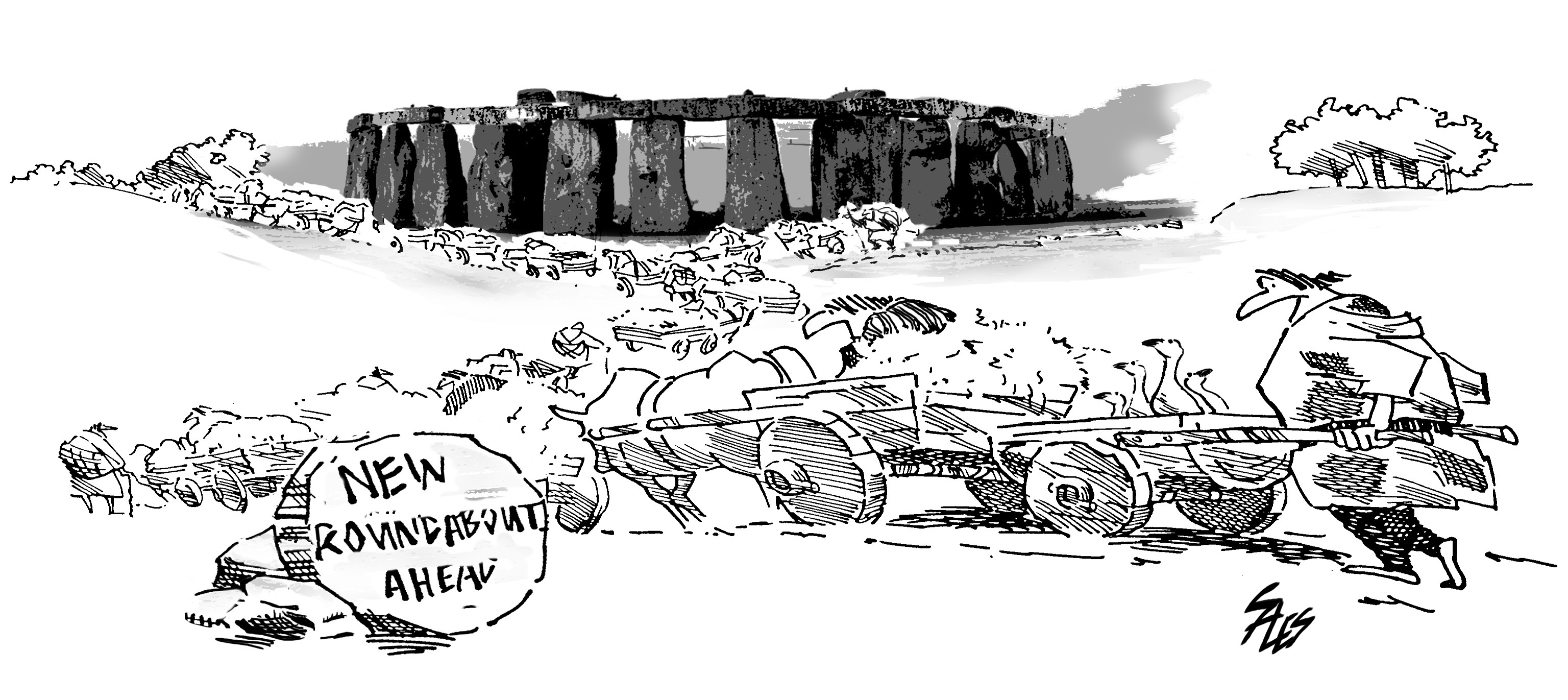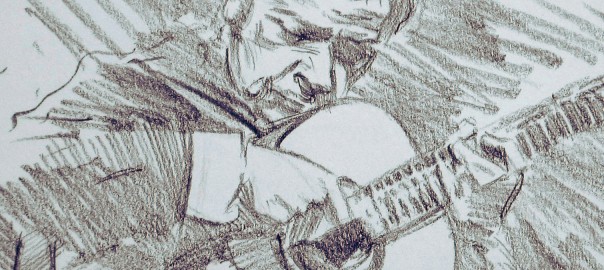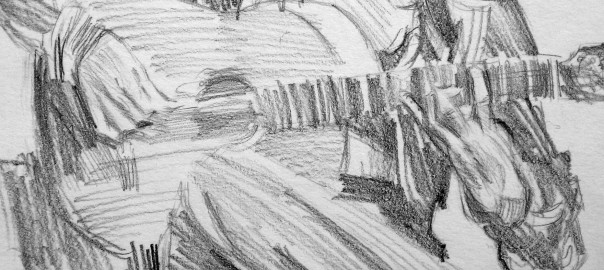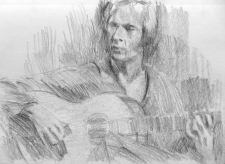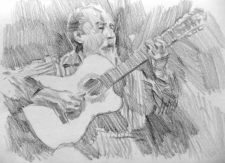Modern and contemporary painting all too often seems like a solution in search of a problem. The contemporary painter is obliged to qualify and explain his work in terms of some unique, personal vision or concept; art exhibitions today involve as much reading as looking. But it wasn’t always this way: in the past, artists were patronised and commissioned to produce great art; art was a business and the client supplied the artist not only with remuneration but also with purpose. By today’s standards, the range of subject matter was narrow and predictable; religious, historical and mythological themes dominated. But the artist had the benefit of a brief – and probably in many cases a detailed one. The question of what to paint – or even why to paint at all – wasn’t a source of concern for the artist; all he had to do was to decide how to paint. Unlike the contemporary artist’s open-ended, high-minded (and sometimes desperate) search for originality and authenticity in his work, the Renaissance painter’s challenge was confined to one of design: finding a way to satisfy the patron’s requirements and his own artistic preferences at the same time.
You could argue that the artist of the Renaissance had more in common with the contemporary illustrator than the contemporary fine artist not only in working to a brief but also in observing traditional techniques and craftsmanship. Having a purpose, being able to establish clear objectives, makes a difference.
One under-appreciated form of art-with-a-purpose is the cartoon.
